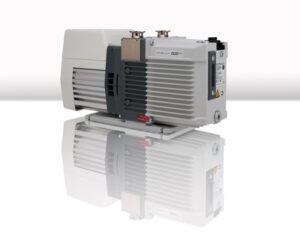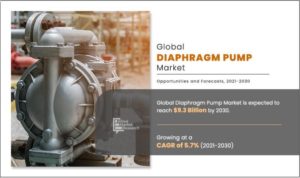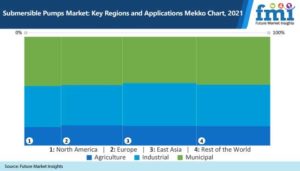US Demand for HVAC Equipment to Approach $17 Billion in 2015
Demand in the US for heating, ventilation and air conditioning (HVAC) equipment is projected to increase 5.1 percent annually to $16.8 billion in 2015.
Advances will be stimulated by growth in residential and many types of nonresidential construction spending from a low 2010 base. Rising interest in more energy-efficient HVAC systems, in part spurred by regulatory changes, will also support increased demand -- particularly in value terms given that more efficient systems and those using less environmentally harmful refrigerants are typically priced at a premium. Furthermore, public and private incentives will encourage owners to upgrade to models with efficiency ratings that are at or above ENERGY STAR levels. These and other trends are presented in HVAC Equipment, a new study from The Freedonia Group, Inc., a Cleveland-based industry market research firm.
Unitary air conditioners are the largest segment of the cooling system market, accounting for nearly three-quarters of the total in 2010. In addition, demand for unitary systems will increase at an above-average pace, benefiting from the continuing development of higher-efficiency models and from gains in the share of homes with central air conditioning. The cooling equipment industry is affected by a variety of regulations, including those involving ozone-depleting hydrochlorofluorocarbon refrigerants. For example, in 2010 the production and import of HCFC-142b and R-22 were banned, although the government permitted a declining allocation of R-22 to service existing equipment until production is completely banned in 2020.
Heat pumps accounted for the largest share of heating equipment value demand in 2010 and have been gaining share at the expense of less efficient equipment and those that provide heating only. Through 2015, demand for heat pumps is expected to post the strongest gains of any heating equipment, supported by their ability to provide efficient heating and cooling in moderate climates, and by rising interest in geothermal versions. Demand for boilers will also post above-average gains benefiting from the rebound in nonresidential and residential multiunit construction, and interest in radiant heating systems.
Source: Freedonia Group





